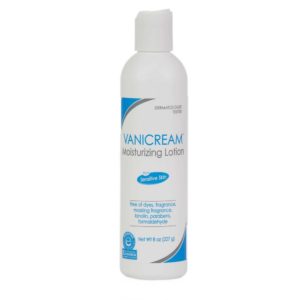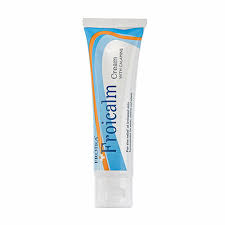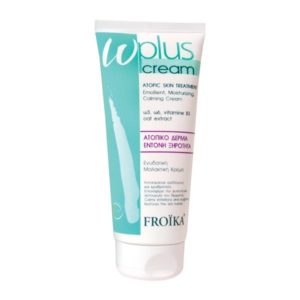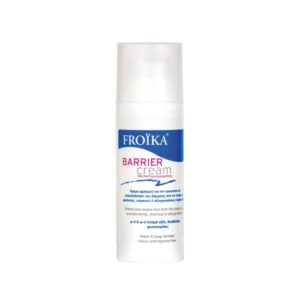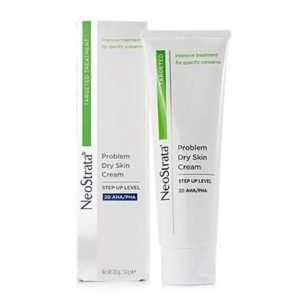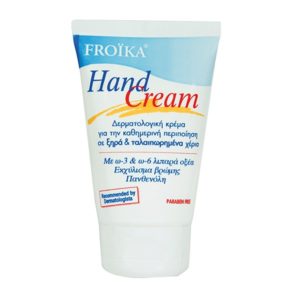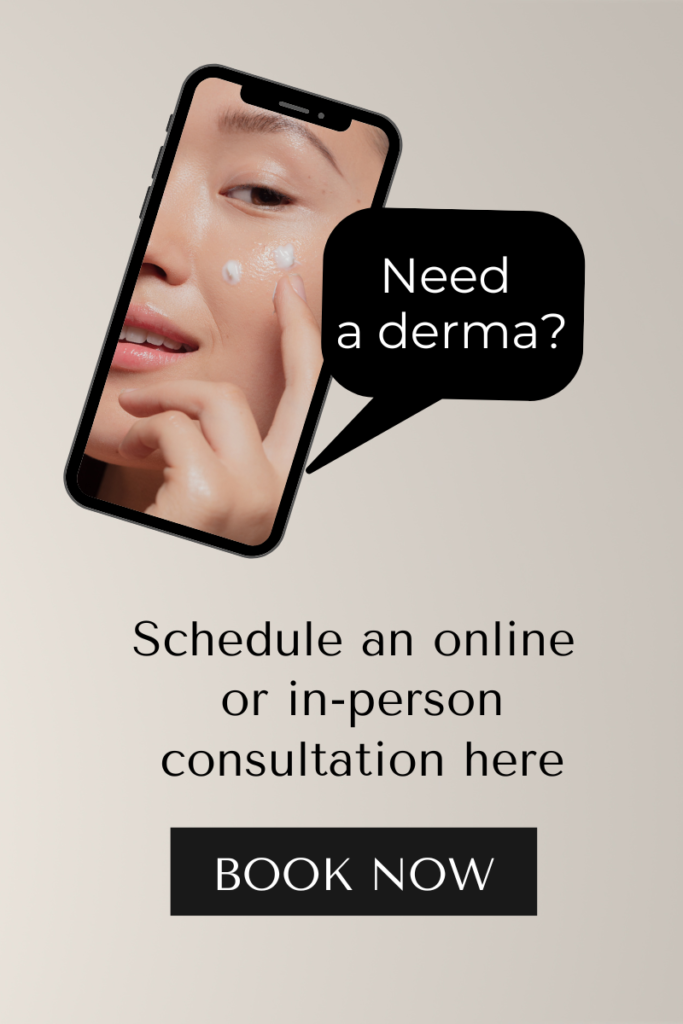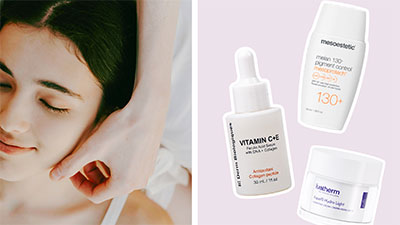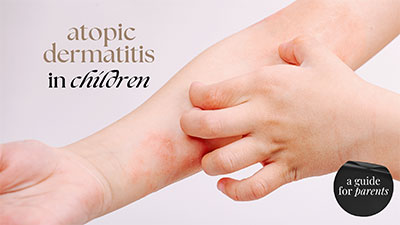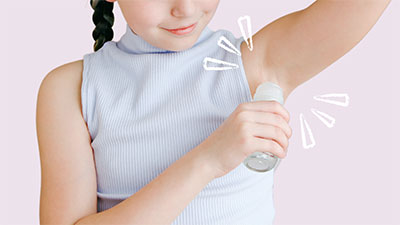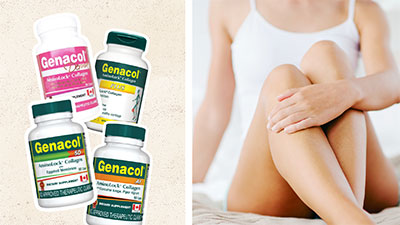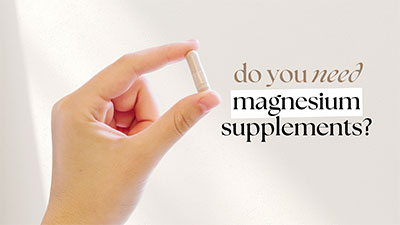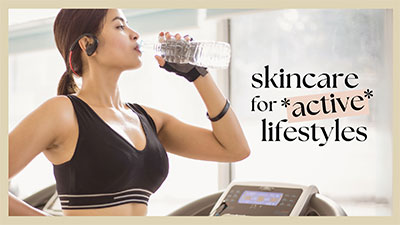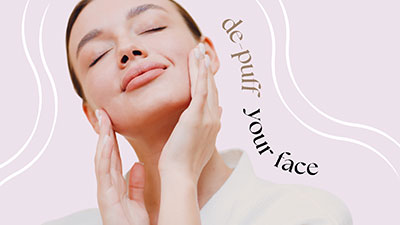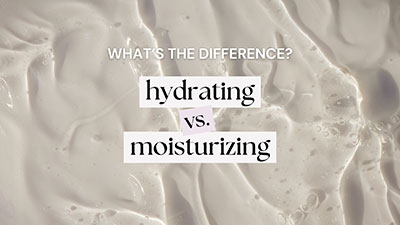Dry Hands or Hand Eczema? Here’s How To Tell The Difference
The dryness may be a sign of an underlying skin condition.
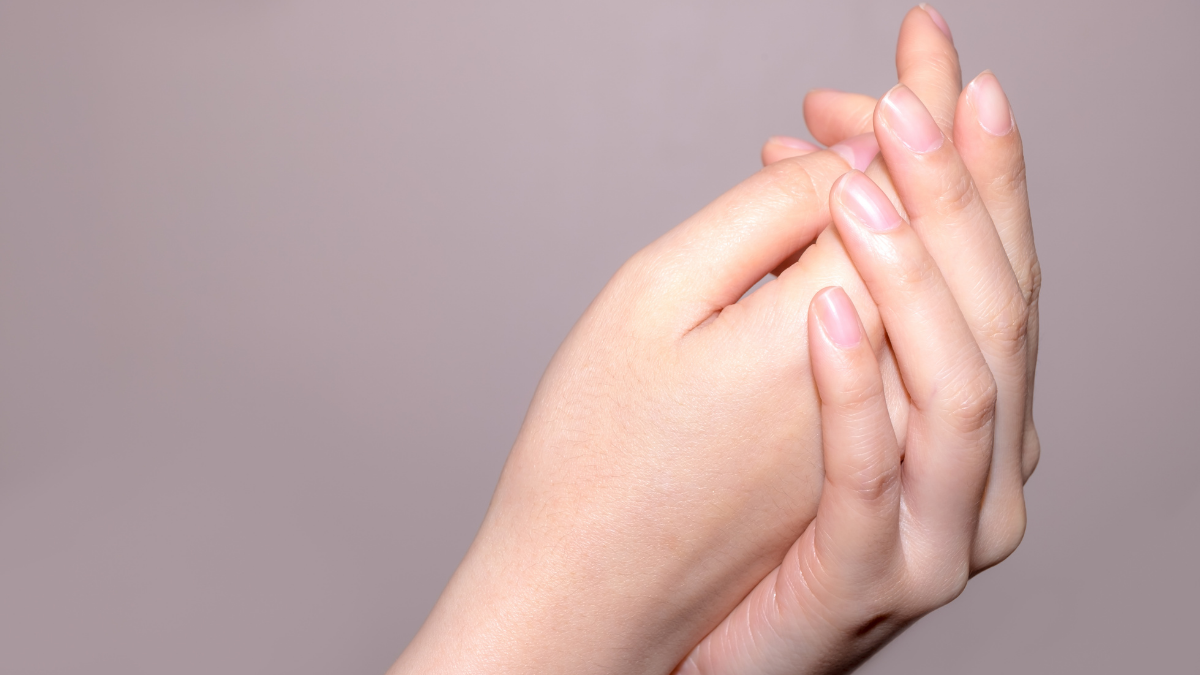
These days, most people wash or sanitize hands no less than five times a day, with women worldwide washing more frequently than men, according to recent research. But while this habit sure is helpful in curbing the spread of the virus, the downside is this: More and more people are suffering from dry hands—especially those who use alcohol-based products regularly.
The telltale signs of dry skin are hard to miss: slightly tight, somewhat flaky skin that feels rough to the touch. There can also be visible peeling, which can be annoying and uncomfortable. Thankfully, slathering on your favorite hand lotion or cream usually provides a quick fix. But what if even your moisturizer no longer does the trick?
Is it dryness or hand eczema?
Hand eczema, a form of skin allergy that affects the hands, is a medical condition that can easily be mistaken for simple dry skin. How to tell the difference? If the dryness persists despite the application of moisturizers, then it’s most likely eczema. Other symptoms include itching, redness or blotchiness, and cracking. In severe cases, skin may also feel painful to the touch and there may be bleeding. This is because there is inflammation in the skin—a condition that’s generally called dermatitis. When the inflamed skin exhibits the symptoms mentioned above, it is then referred to as eczema.
Here’s the tricky part: While dry skin is usually caused by excessive washing or a change in weather (especially when traveling to somewhere really cold), the cause of eczema is harder to pinpoint. Stress, allergies, chemical irritants, and genetic factors are all considered to play a role in its development.
Dr. Maximin Navarro, Bella Pella’s resident dermatologist and a Philippine Dermatological Society (PDS) fellow, further explains: “There are two major types of contact dermatitis: irritant contact dermatitis (ICD) and allergic contact dermatitis (ACD).” They can also be referred to as irritant eczema and allergic eczema, respectively. The two types may and often do coexist.
Irritant eczema is a kind of eczema that is caused by coming in contact with something that irritates your skin, like soap, chemicals, or even dust. Meanwhile, allergic eczema is caused by an allergic reaction to something around you, like fragrances, plants, or food. Basically, when an irritant or allergen from outside or inside the body switches on the immune response, it triggers inflammation in the skin, consequently producing the symptoms. Moreover, contact dermatitis can occur anywhere in the body, as long as there is exposure to an allergen.
Managing hand eczema
For proper management of the condition, the doctor first needs to identify the root of the problem. For starters, your dermatologist will need to take a detailed medical history—your lifestyle, diet, as well as health conditions that run in your family. Those with asthma and food allergies are more likely to develop eczema, as these conditions are linked to inflammation.
As for differentiating between ICD and ACD, Dr. Navarro says it can be quite difficult in the clinical setting. Determining the diagnosis requires doing a comprehensive clinical history and physical examination, as well as by performing appropriate diagnostic patch testing. “The only useful and reliable method for the diagnosis of ACD remains the patch test, and this can be done at the Bella Pelle Skin Solutions clinic,” he says.
Moreover, the doctor will investigate the potential irritants you often come in contact with. These include your hygiene products, like hand sanitizers and alcohol, as well as things you handle on a regular basis, like cooking ingredients and laundry soaps. Usually, your doctor will suggest an elimination system, wherein you’ll need to avoid certain products for a while to see if this will improve your condition.
To alleviate itching and discomfort, you can also get by with the help of these tips:
- Wash hands with lukewarm water.
Warm water can be very soothing on skin—just make sure it’s not too hot, or else it may only aggravate the dryness. If you have cracked hands, you can also try soaking them in lukewarm water for around five to 10 minutes then pat dry. - Switch to a hypoallergenic soap.
Swap your usual bar for a hypoallergenic soap with fewer ingredients. “A good hypoallergenic soap will clean your skin without causing dryness and irritation,” says Dr. Navarro. He advises steering away from fragrances, essential oils, preservatives, and artificial dyes, and recommends using soaps made from vegetable oils rather than animal fats. He adds, “Avoid using soap on your face; instead, use a hypoallergenic facial cleanser.” - Whenever you can, wash with water instead of using alcohol.
This is a tricky one since alcohol has become our go-to sanitizer when we’re out and about! While alcohol can help get rid of germs and viruses on our hands, it’s bad news for the skin as it strips away natural moisture. The compromise: If you use alcohol regularly, make sure to moisturize religiously, too. - Use gloves.
When doing housework or handling chemicals, protect your skin by wearing gloves. “Avoid latex gloves,” Dr. Navarro cautions, as these can cause allergic reactions. It is preferable to use cotton gloves underneath vinyl hand gloves. - Moisturize with the right products.
Combat the dryness and itchiness from eczema by using gentle, soothing skin hydrators that help strengthen and repair your skin barrier without causing further irritation. Here are some derma-recommended picks you can try:
Vanicream is a mild and gentle lotion that is free of a lot of potential irritants: dyes, fragrance, lanolin, formaldehyde, and parabens. This is a good replacement for your usual scented hand cream.
Get immediate relief from itching and irritation due to dryness, eczema, allergies, and even mild sunburn from this hydrating formula. It can be used by adults, children, and even babies.
This emollient calming cream can be used for both the face and the body, and is suited for very dry, atopic-prone skin. It replaces lipid shortage and reinforces skin’s defense against moisture loss as well as external aggresors that cause allergies and irritation.
This barrier cream forms a film that protects skin from water-soluble and fat-soluble agents. Since it’s water- and soap-resistant, it will help keep your skin moisturized despite the constant hand-washing.
A premium moisturizing cream, this is specifically designed to treat dryness and works to visibly improve rough, callused, and scaly skin. It’s great for both hands and feet. (Shop more foot products here.)
Ideal for daily use, this protects the hands from changes in environmental conditions, and keeps skin moisturized and soft especially after exposure to heat or dry, cold air.
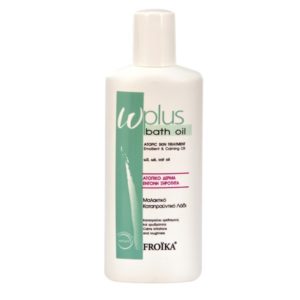
Froika W Plus Bath Oil, P1,730
This oil can help with severe dryness as it intensely moisturizes and soothes irritation. Apply after your last rinse in the shower.
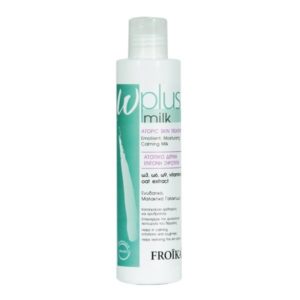
Froika W Plus Milk, P1,850
An emollient hydrating milk for the whole body, this reinforces the skin’s protective barrier and minimizes inflammation and moisture loss.
For proper assessment and personalized skincare recommendations, you can book a face-to-face or virtual dermatological consultation with Dr. Maximin Navarro, our resident dermatologist and a Philippine Dermatological Society (PDS) fellow, here. You can also inquire at the Bella Pelle Skin Solutions Center via (+63) 999-887-1944.
For more beauty and skincare tips, subscribe to our newsletter:
SHOP OTHER PRODUCTS:
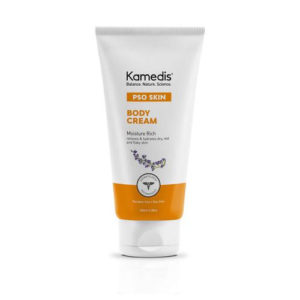 Kamedis PSO Skin Body Cream, P1,950 |
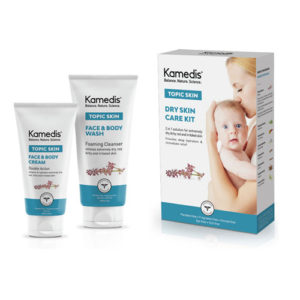 Kamedis Topic Dry Kit, P2,850 |
 Vanicream Moisturizing Skin Cream, P1,800 to P2,500 |
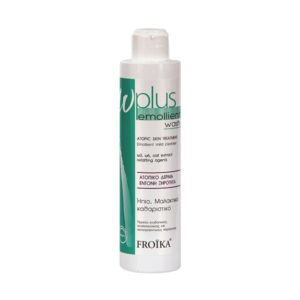 Froika W Plus Emollient Wash, P1,750 |
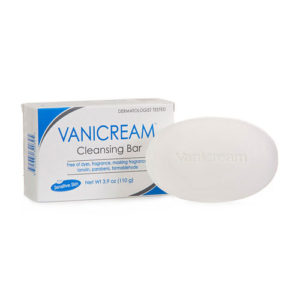 Vanicream Cleansing Bar, P500 |
RELATED READS:
- What Your Feet Are Telling You About Your Health
- Moms, You’ll Love These All-Around Baby Products From Froika
- 8 Best Beauty & Self-Care Gifts You Should Give Yourself

